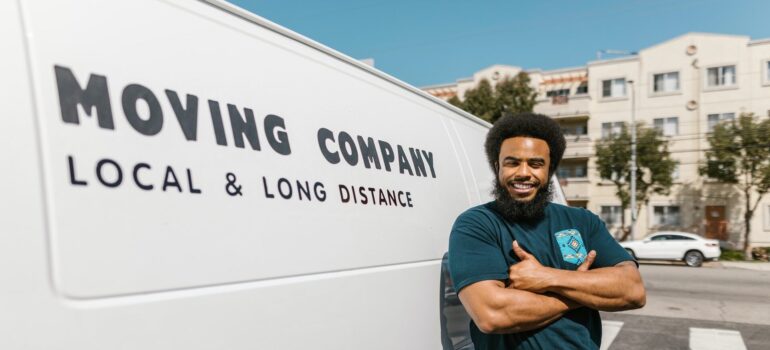It is by no means a secret that, in order for your company to function properly, your employees need to be well connected. After all, it is the efficiency of their interactions that will enable your company to tackle the everyday workload. But, creating a connected workforce is easier said than done. In this article, we will explore different ways in which you can increase the connection within your workforce. And why doing so is not only recommendable but paramount.
Why do companies usually fail to connect their workforce?
Before we start exploring a different way to connect your workforce it is useful to see why companies usually fail to do so. After all, you as a company manager should try to learn from other people’s mistakes as much as possible. Doing so saves you both time and energy on completely avoidable mistakes.
The human factor
One of the main factors that determine optimal connection within a workforce is simply the human factor. Namely, it is important to keep in mind that your workforce is comprised of people. All of them have their thoughts, attitudes, faults, and idiosyncrasies. Therefore, while connecting them may seem like a simple task at first, it can easily become quite complicated.

One of the main reasons why company managers fail to connect their workforce is that they assume that all of their workers think the same and that they are all on the same page. Meanwhile, your workforce is an amalgamation of various people with varying personalities. Fail to recognize their differences, and you are bound to have a disconnected workforce.
The lack of communication tools
Person-to-person communication is essential to any workforce. But, besides in-person communication, your workforce is going to rely on moving company CRM. Even a small company needs to have a communication system. That way the employees can easily access the necessary info and share important data. While this is all fairly straightforward, there is one notable mistake that company managers make. Namely, they underestimate the value of having good a communications system and opt for a subpar one.
Nowadays, it’s easy to find hundreds of different communication tools. And picking the one that is suitable for your company can be a daunting task. A common mistake is to opt for a cost-effective tool, even though it doesn’t have the necessary functionality. And a different mistake is to opt for an expensive, flashy tool, even though it wasn’t designed for your type of company.
How to connect your workforce
As you can assume by now, connecting your workforce is a multilayered task. It is not enough to simply address one issue and expect that everything will fall into place. Instead, you need to tackle both the human aspects of it, as well as technological needs in order to ensure effective communication. That way, you can have a complete idea of what is going on in your company.
Using HR tactics

Large companies know best how important it is to have a connected workforce. Apart from investing in top-notch communication technology, they utilize HR experts to help workers attain communication skills. While you probably can’t employ an HR expert, there are a couple of HR tactics you can use to improve workforce communication:
- Communication training – More often than not, there is a single person that is the biggest cause of communications issues. Help them, and your workforce will function much better.
- Teambuilding – Your workforce needs to communicate and socialize outside of work. Doing so builds trust and comradery.
- Listen to your workforce – Your workforce likely has an idea of what the issue is when it comes to communication. Even if they don’t, it is important to listen to their input and learn from it as much as possible.
Ensuring that your workforce has the necessary technology
To find the right project management software for movers, you need to have a deep understanding of how your company functions. Fortunately, you don’t have to start from scratch. After all, your competition is likely using a decent CRM system in their own right. So, you can take their system as an inspiration and see what else is available. Try to outline the differences between them and your company. That way you will see whether their system actually suits your business needs.
Understanding the underlying aspects of your company

A company that offers only local moving services has different needs from a company that also offers long-distance service. Some communicate with their customers over social media. While others use email and utilize CRM email integration for movers. Knowing how your workforce will communicate both with each other and with customers will play a big role in which CRM system suits you. So, try to outline what your workforce needs to communicate, and what the most common channels are.
Final thoughts on creating a connected workforce
By now, it should be fairly obvious that creating a connected workforce is not done in a day. It is a long-term process that entails a fair bit of trial and error. So, if your workforce isn’t communicating properly right off the bat, don’t worry. Try to carefully observe how they function and where the communication starts to fail. The more closely you can observe their interactions, the easier it will be to outline the issue. This is another reason why having decent a communication system is useful. Finally, don’t forget about the human factor and the importance of motivation. If your workforce is motivated to work hard, they will outline communication issues on their own accord.

